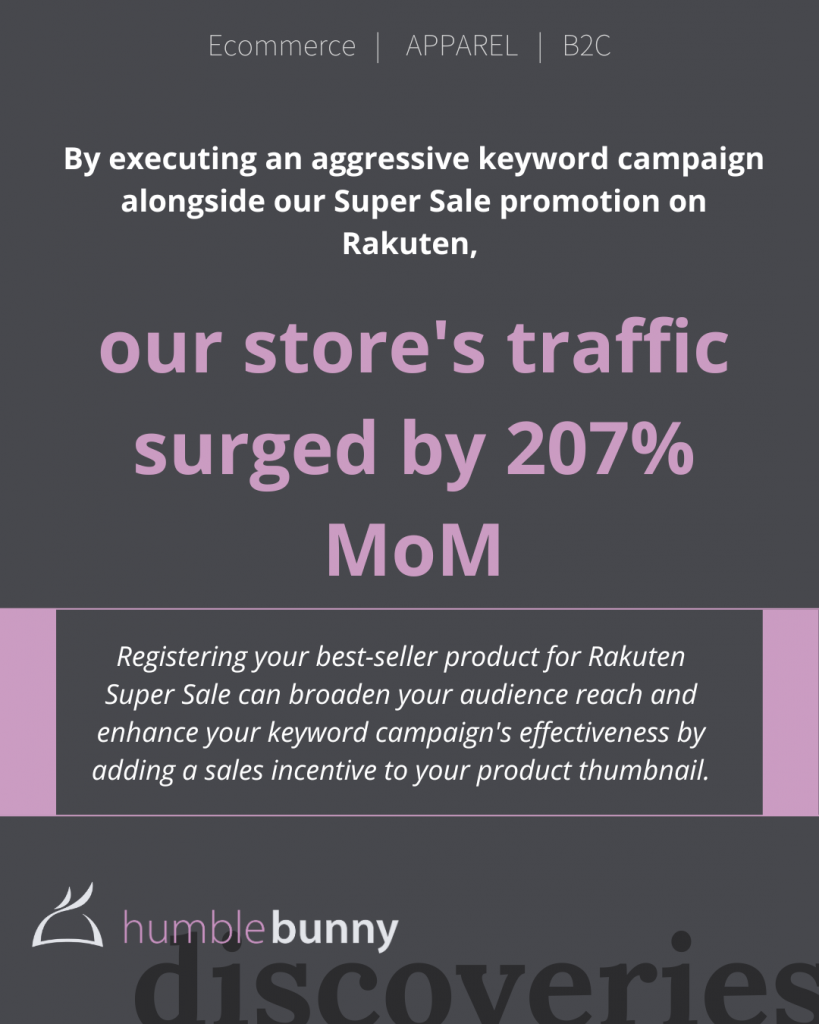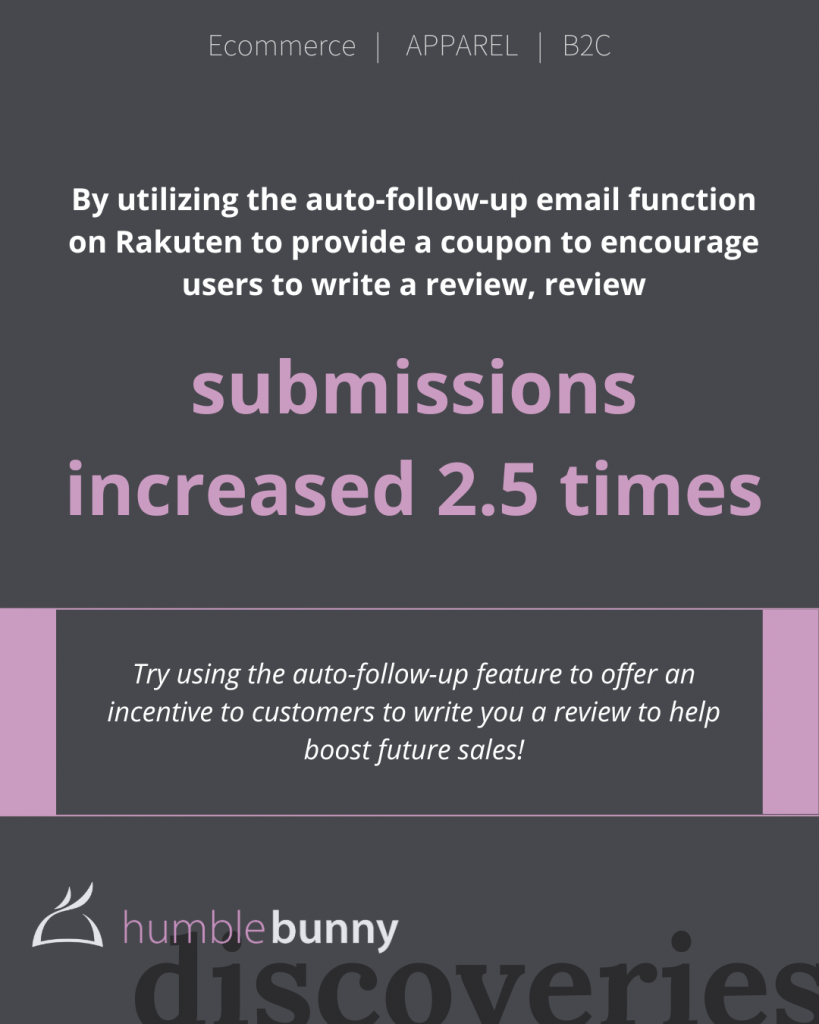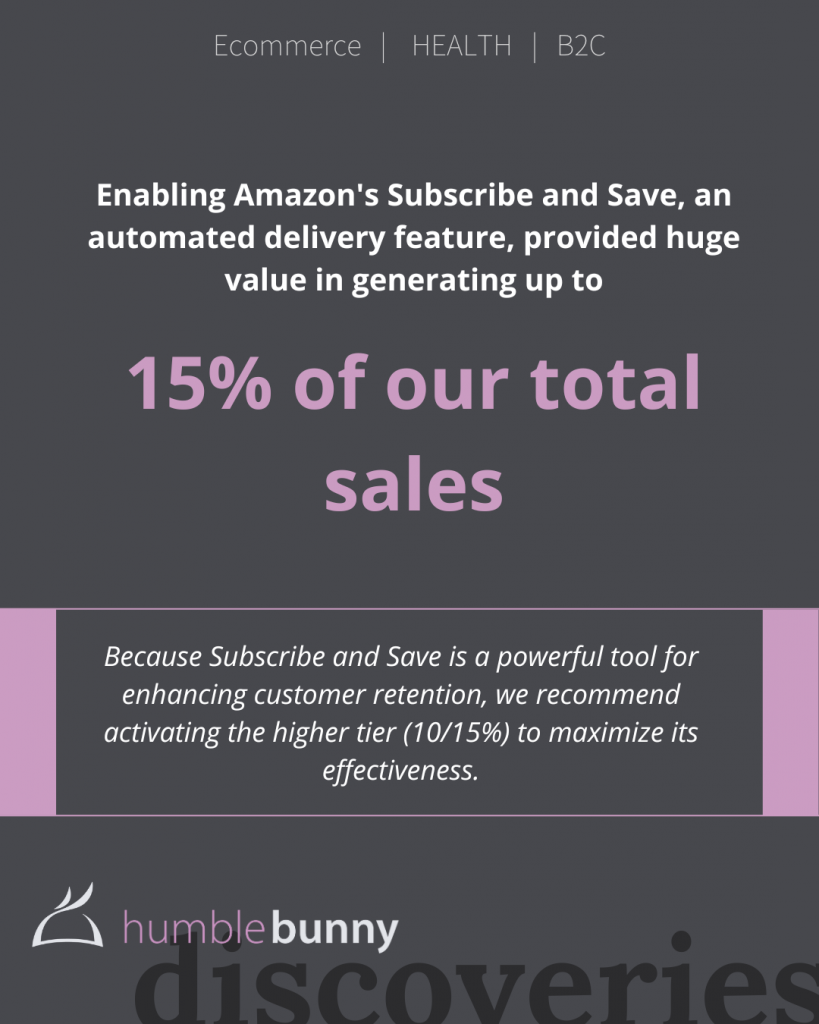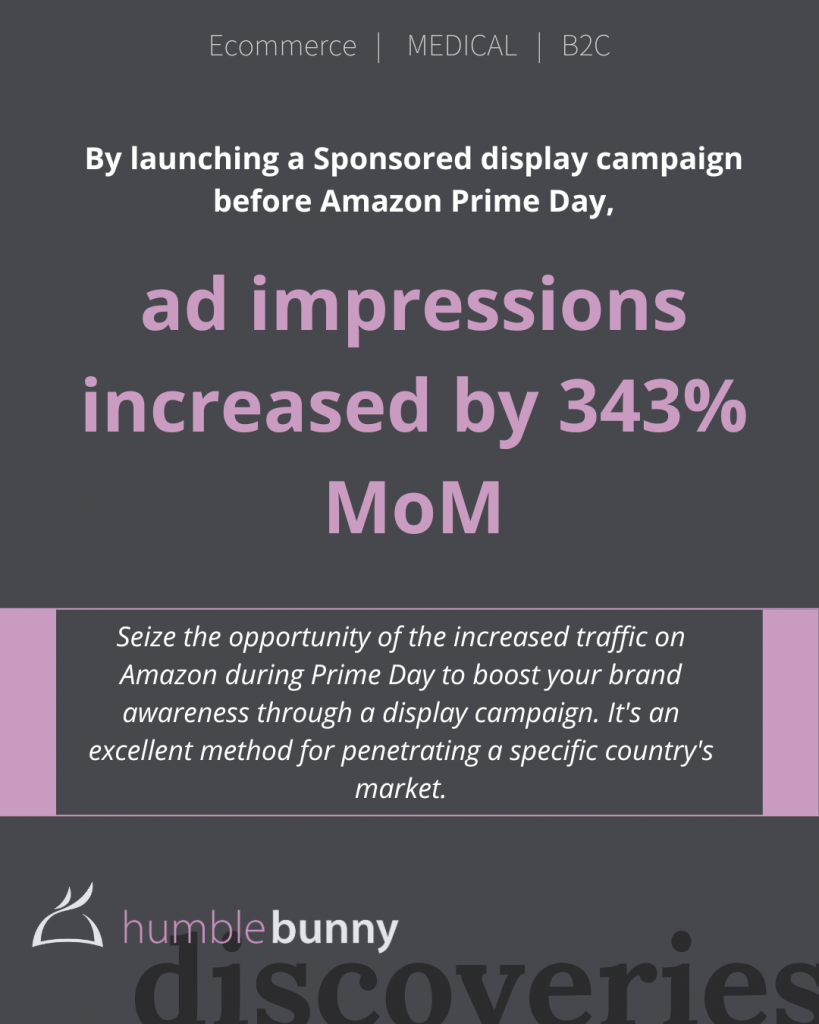As well as having the fourth largest ecommerce market globally, consumer purchasing power is high and households have shown a willingness to purchase a wide range of foreign goods—evidenced by the country’s position as fourth largest importer of goods globally.
However, one decision pretty much all businesses owners and ecommerce managers find themselves chewing over is, which platform to use—Rakuten or Amazon?
Our default recommendation for new clients seeking advice from our Tokyo office is always Amazon, but read on to find out why!
Table of Contents
Ecommerce Marketplaces vs Other Channels
Firstly, ecommerce marketplaces are by far the most logical choice for foreign brands hoping to sell to Japanese consumers.
Compared to investing in local warehousing and building a D2C website for the Japanese market, marketplaces tend to offer a much lower barrier to entry. They also offer an instant pool of monthly users who are already actively looking for products online.
Leading Types of Ecommerce Platforms in Japan
| Ecommerce Marketplaces | 91% |
| Retailer/Brand Websites | 21% |
| C2C Marketplaces (e.g. Mercari) | 17% |
| Shopping Apps | 9% |
| Others | 4% |
| Social Commerce | 1% |
Source: Statista
There are a few ecommerce marketplaces operating in Japan including Lazada, Shopee and Aliexpress, and Yahoo! Shopping, but by far the biggest names in the game are Rakuten and Amazon.
Top Japanese Ecommerce Platforms By Monthly Visitors
| Amazon | 626.2 Million |
| Rakuten | 535.5 Million |
| Mercari | 143.2 Million |
| Yahoo! Shopping | 118.2 Million |
| Kakaku | 106 Million |
Source: SimilarWeb January 2023
Amazon Japan
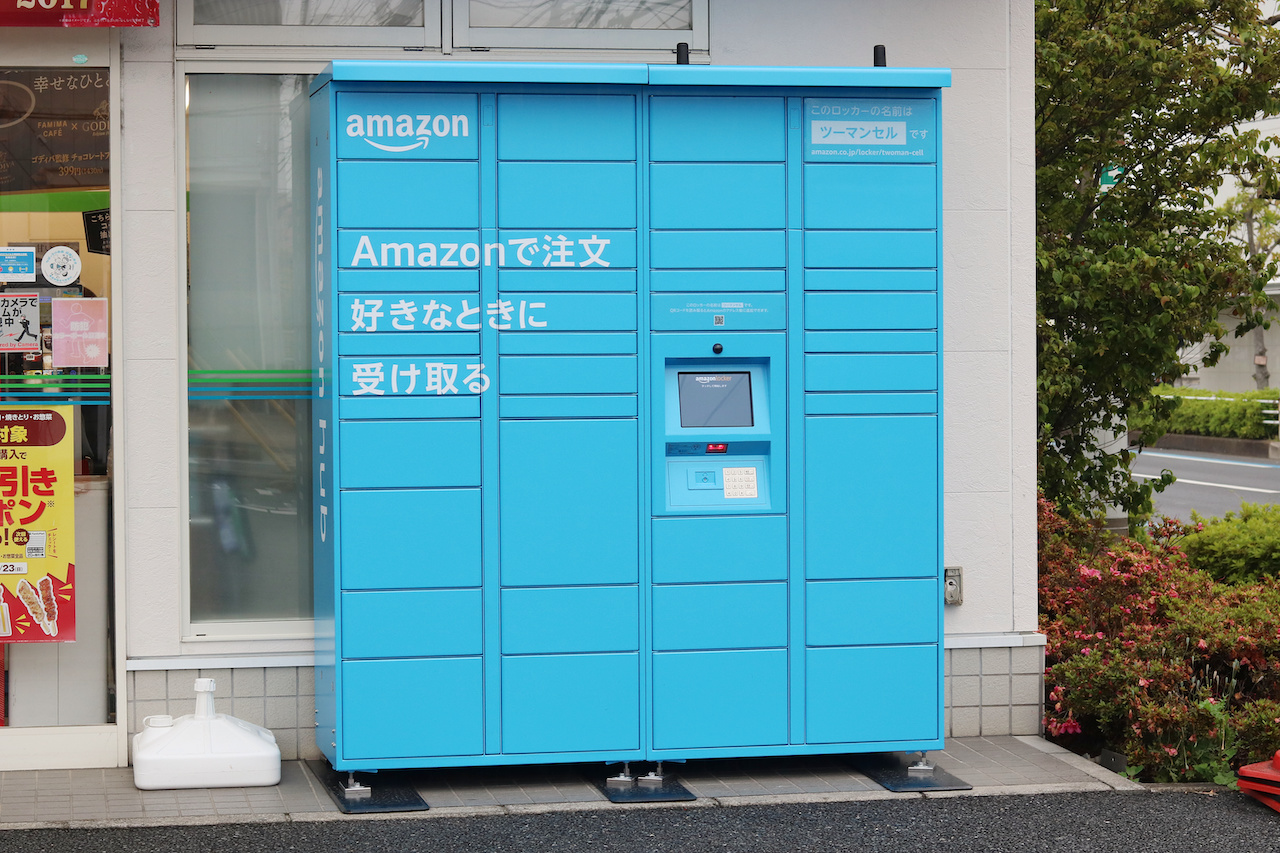
| Country Traffic Rank | 6 |
| Global Traffic Rank | 50 |
| Total Monthly Visits | 626.2M |
| Category Rank (Marketplace) | 3 |
Source: SimilarWeb January 2023
Amazon is generally where most international sellers start out when entering the Japanese ecommerce market. This is largely due to how easy it is for merchants with existing experience on this platform to jump in and get started.
The interface for sellers and overall functionality for listings and advertising features largely mimics the same setup you’ll see if you’re operating in the US or Europe.
As well as making the job of adding and selling your products on the marketplace smoother, the familiar look and feel offers a point of well-needed consistency when you’re already juggling new product images and descriptions that have been localized and translated for the Japanese market.
Since investing heavily in infrastructure over the last decade, Amazon Japan now has over a dozen distribution centers and four Amazon Prime centers, contributing to spotless logistics coverage across Japan and its major urban areas.
Associated Costs
The cost of selling on Amazon in Japan depends on a few things, including which plan you choose, the type of products you sell and how you plan to fulfill your orders.
| The Individual Plan | The Individual plan costs 100 yen per unit sold. |
| The Professional Plan | The Professional plan costs ¥4,900 per month, regardless how much you sell. |
| Referral Fees | Amazon charges a referral fee for each item sold, ranging from 8% and 15% spending on the product category. |
| Fulfillment Fees | You can opt to handle storage and fulfill yourself, but if you’re using Fulfillment by Amazon (FBA) you’ll need to consider this added cost on sales. The specific fee per unit can range from ¥193 to ¥5,625 depending on the size of your product. |
Chances are you’ll want a professional plan to access Amazon’s full suite of features available to sellers, including advertising products, APIs, reporting tools and access to restricted categories.
Fulfillment by Amazon (FBA) feature, which functions just like it does in other markets by helping sellers pack and ship goods to buyers, as well as provides customer service for your products for order processing, delivery, and returns.
HB Pro Tip: You will still need to handle general customer inquiries and questions directly through your manager account even if you’re using FBA. You’ll also need to pay storage costs charged for all units stored in an Amazon fulfillment center, based on your daily average volume (measured in cubic meters).
Getting Started On Amazon Japan
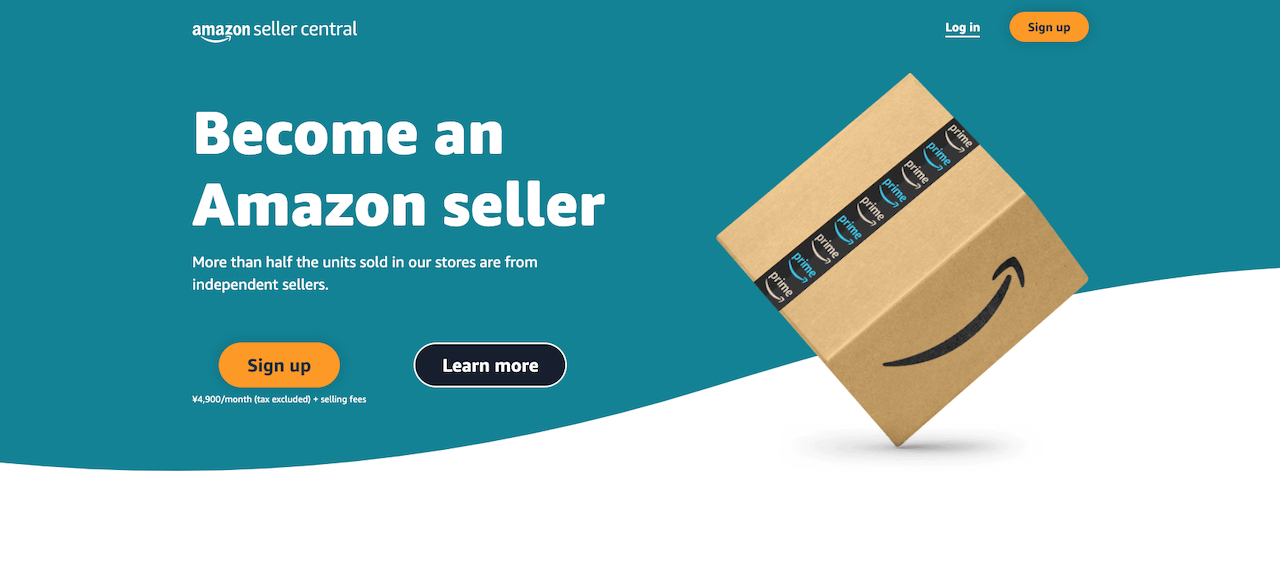
Amazon is the easiest Japanese platform to get started on. Unlike Rakuten, it doesn’t require you to have a Japanese bank account or domestic business registration to sell your products.
Many sellers operate completely from other countries by handling the majority of tasks remotely and outsourcing any remaining activities that might need local support, such as fulfillment and Japanese customer service.
This is easy enough to do with listings editable in English and ample FAQs, supper and resources available in English through the seller platform. Importantly, this also extends to the platform’s many advertising products, such as Display Ads, Custom Ads, Video Ads, Amazon Points and Sponsored Products, which can be managed in English.
If you want a more comprehensive guide to setting up on Amazon in Japan, check out our blog: How to Become an Amazon Seller in Japan – FBA, Account Set-up, Logistics and More!
Localizing Your Amazon Strategy for Japan
It’s still crucial to ensure your strategy for selling on this platform is localized. This involves everything from having high quality images that show as much detail as possible, and product descriptions that are fully Japan-localized, not just translated by Google.
Japanese consumers care a lot about the quality and durability of products and will naturally link the quality of the listing with the quality of the product, so making sure you do everything you can to reflect this is important.
Important Tips for Selling On Amazon Japan
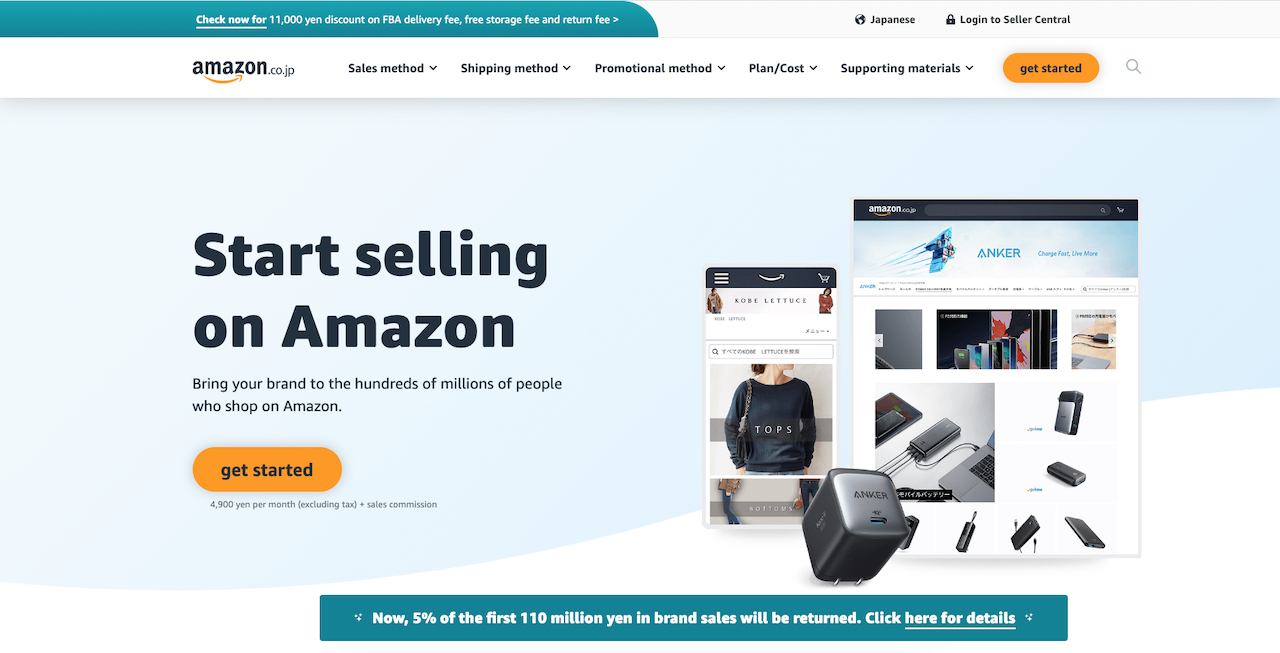
As well as following best practices for ecommerce selling and marketing, a few important tips we pass on to all our clients are:
- Don’t underestimate sales velocity. The more sales you make when you first start using the platform, the higher the Amazon algorithm will rank you, meaning you’ll appear higher in search results for terms that relate to your brand and products.
- As peer reviews, social proof and user ratings are incredibly important to Japanese shoppers, you’ll need to do everything you can to generate some genuine reviews that will help to win over new shoppers that might be initially skeptical about shopping from a foreign brand. The effective Amazon Vine program for sellers is a great tool if you don’t have any reviews from local customers yet. We’ve seen this contribute to a surge in product reviews from 0 to 17 in one month alone for one of our Humble Bunny clients.
- Amazon offers a much greater number of advertising features and products for sellers, which we would recommend capitalizing on as much as possible. Competition is incredibly high for popular product categories like electronics and clothing, so finding ways to gain a competitive edge is a no brainer.
Rakuten
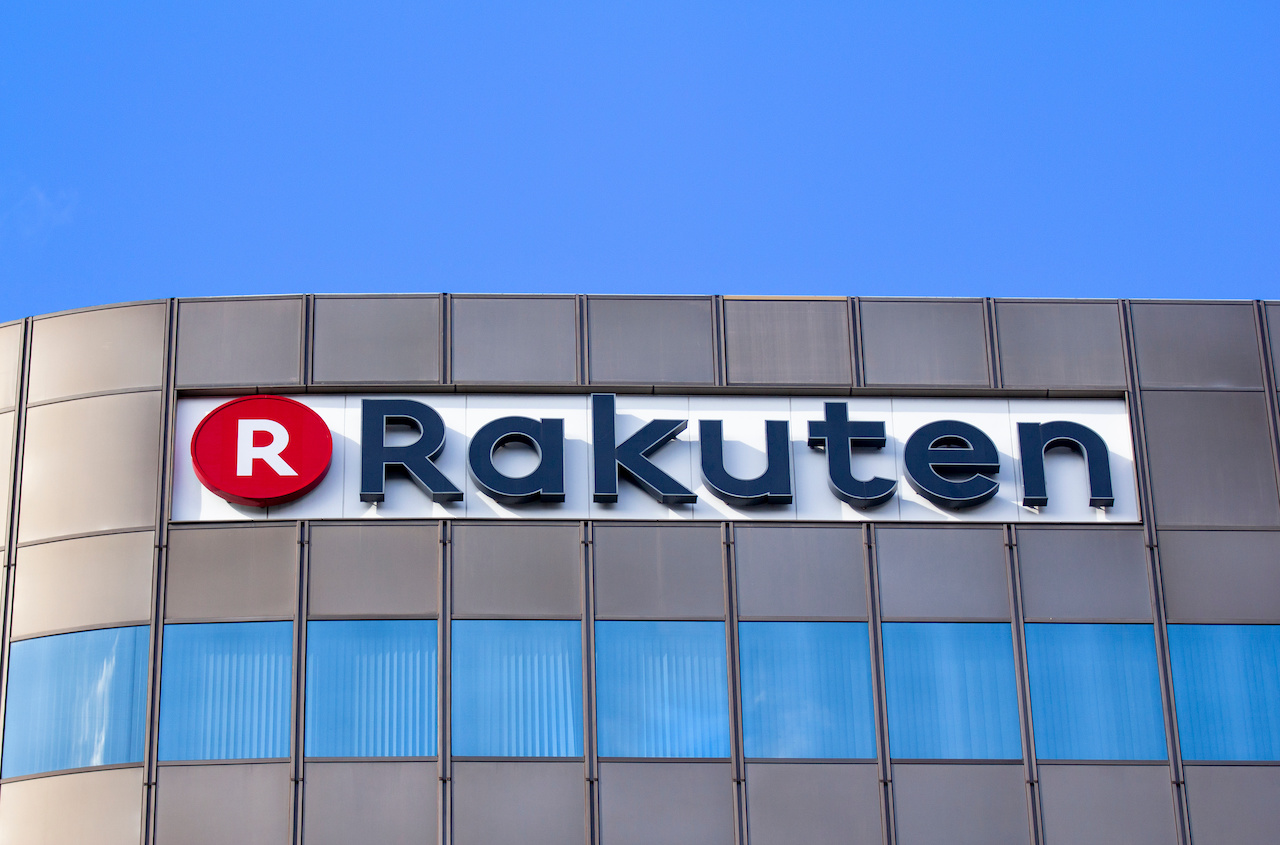
| Country Traffic Rank | 7 |
| Global Traffic Rank | 56 |
| Total Visits | 563.88M |
| Category Rank (Marketplace) | 2 |
Source: SimilarWeb 2023
It’s only natural to consider using Rakuten to sell your products in Japan, given its popularity in the country and its share of the total ecommerce market. However, it would be a mistake to do this without being prepared for what this involves.
The first thing we tell all our clients is that Rakuten isn’t Amazon.It functions very differently in some ways and comes with more than a few hurdles to jump over if you’re first trying to set up your seller account.
That said, Rakuten has a huge amount of active shoppers visiting its various brands pages each month and offers the unique opportunity to upsell your products based on brand equity. This means, if you’re a foreign brand and can portray yourself in the right way, Japanese shoppers may be more inclined to buy your products.
Associated Costs
Rakuten requires you to pay a few different fees to set up a manager account and sell on its platform.
| Registration Fee | ¥60,000 |
| Monthly Fixed Fee | ¥50,000Monthly Fee: 2 Installments (6 months each) |
| Contract Period | 1 Year |
| Listing Capacity | Unlimited |
| System Fee | PC: 2.0%-4.0%(Mobile: 2.5% – 4.5% ) |
| Rakuten Super Points Fee | 1.0% |
| System Enhancement Fee for Improving Safety and Usability on the marketplace. | 0.1% |
| R-Pay (Payment Processing Fee) | 2.5% – 3.5% |
Getting Started On Rakuten
Instead of handling many aspects of the buying process on behalf of its sellers like Amazon, Rakuten operates a partnership approach. This means business owners and ecommerce managers take on more of the burden when it comes to setting up their online store and handling customer service issues.
To make the process easier for sellers from abroad, Rakuten now offers onboarding consultants who can help with the application, registration and set-up process, as well as advise on other areas of the cross-border ecommerce model.
However, the reality is 90% of foreign sellers will still need the support of a local partner before they start selling on Rakuten. Otherwise you will need to register your business in Japan, which can add a layer of complexity to the process.
There are a number of partners who specialize in this activity, acting as a third-party partner who will help you set up your store on Rakuten and provide operational support. These partners are known as Merchants of Record (MOR) and will operate your web-store, manage interactions with customers, and provide oversight over commercial activities.
Building Your Rakuten Virtual Storefront
One of the biggest challenges is developing your virtual storefront, which functions like a mini website within the wider ecosystem of the marketplace.
Customers can click through to your page where you’ll be able to display a substantial amount of brand-focused content, such as banners, ads and visual layout components.
This presents opportunities if you’re willing to truly maximize your sales potential on Rakuten with localized ecommerce content, graphics, incredible product photography, and product pages. However, for those wanting to get selling faster, this can be a difficult and time-consuming task without local guidance.
Interested in Japanese Web Design Preferences?
Important Tips for Selling On Rakuten Japan
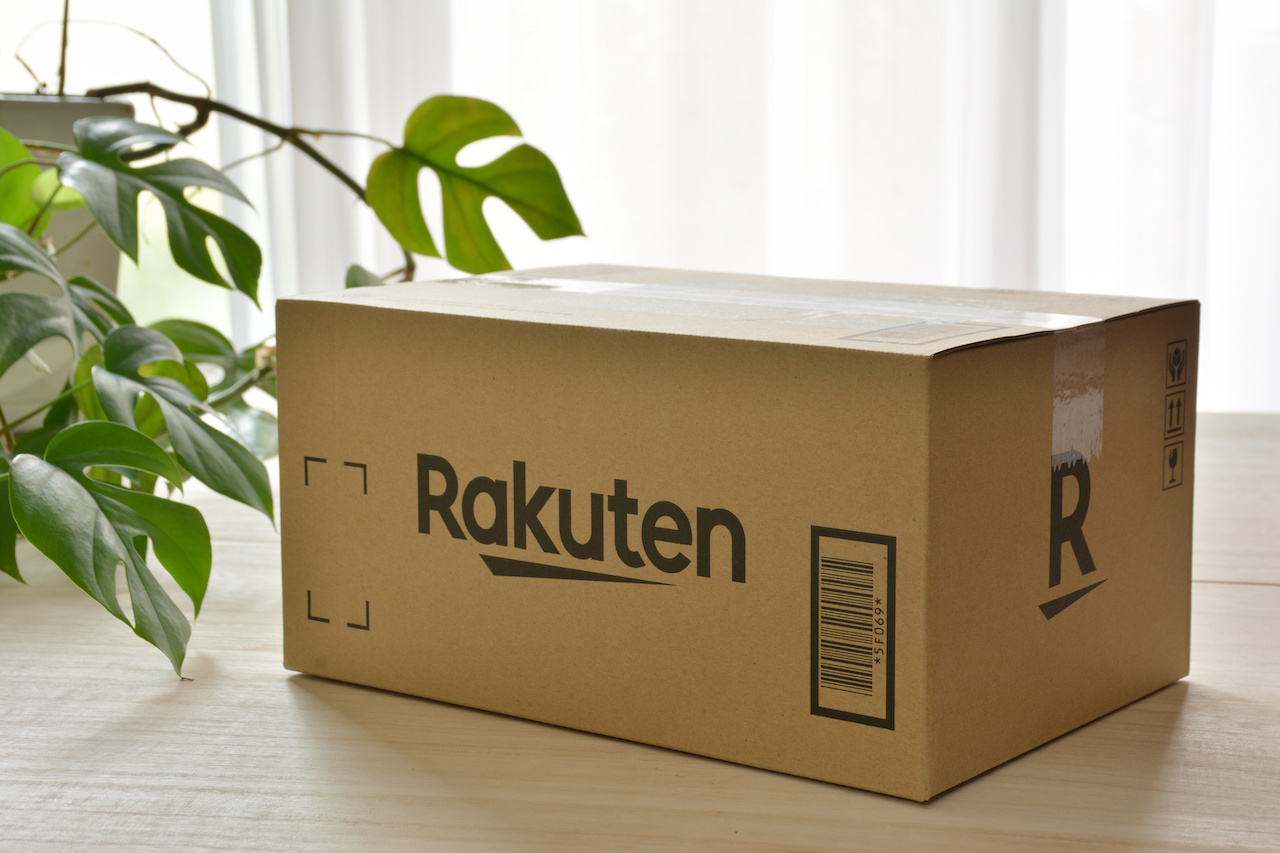
For those taking on the challenge of the Rakuten marketplace, below are our top tips:
- Loyalty is an important draw for Japanese consumers to decide on where and what to buy. Make sure to capitalize on Rakuten’s, which offers members various benefits like cashback offers and Rakuten Super Points.
- Rather than competing against other products and brands on the initial search page alone, work with people who have experience in building your virtual store-front. This is potentially best seen as a mini web design project where you will need to find the best way to showcase your brand and products in more depth.
- Success on Rakuten requires full and ongoing localization to a much greater degree than Amazon. This is needed to build greater trust with your customers as you compete against both Japanese and international brands on the marketplace.
Rakuten Or Amazon?
For most brands, the truth is that Amazon presents more solutions than challenges when it comes to selling to Japanese consumers. While success is still possible with the right products, local support and marketing strategy, Amazon offers a much lower barrier to entry for Western companies.
The only real exception here is brands that already have very strong brand credibility in Japan. If Japanese customers are already familiar with who you are and why your products are great, you’ll have a much greater chance of doing well on Rakuten.
Also, understanding how to sell on Rakuten Japan might not be as easy as getting started on Amazon Japan, but it will offer you greater control over how you portray your brand to consumers in one of the most exciting online marketplaces available to merchants today.
Steal Our Best Ideas
Actionable insights straight from our data
Here are a couple quick discoveries we’ve pulled from the data of our latest projects. Why? To help you make the changes you need to gain traction in the Japanese market! As an agency, we are always digging deeper and searching for those little yet significant tweaks that will push our clients to the next level of success. If you need a partner to help you identify and implement changes like these on a monthly basis, let us know!
